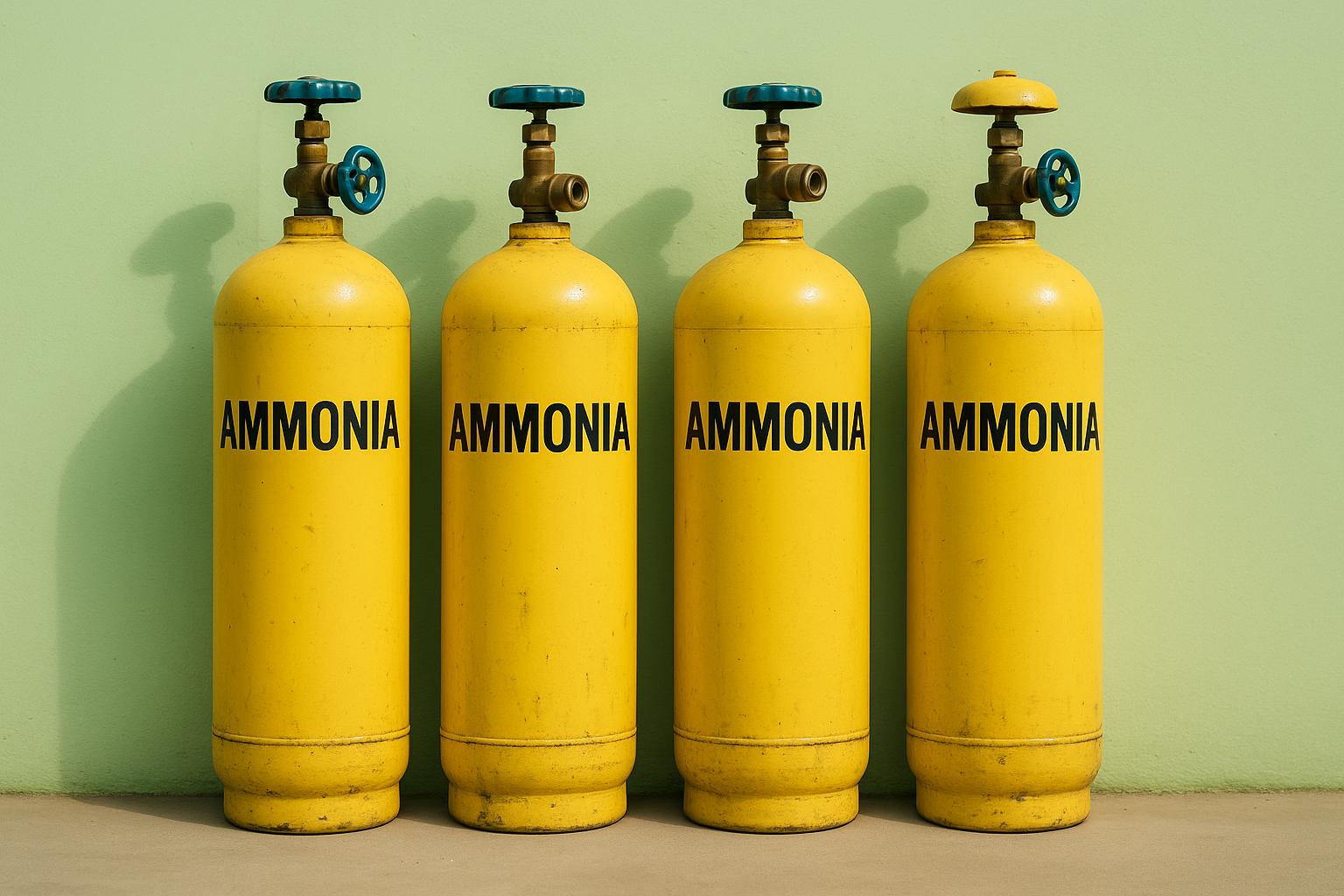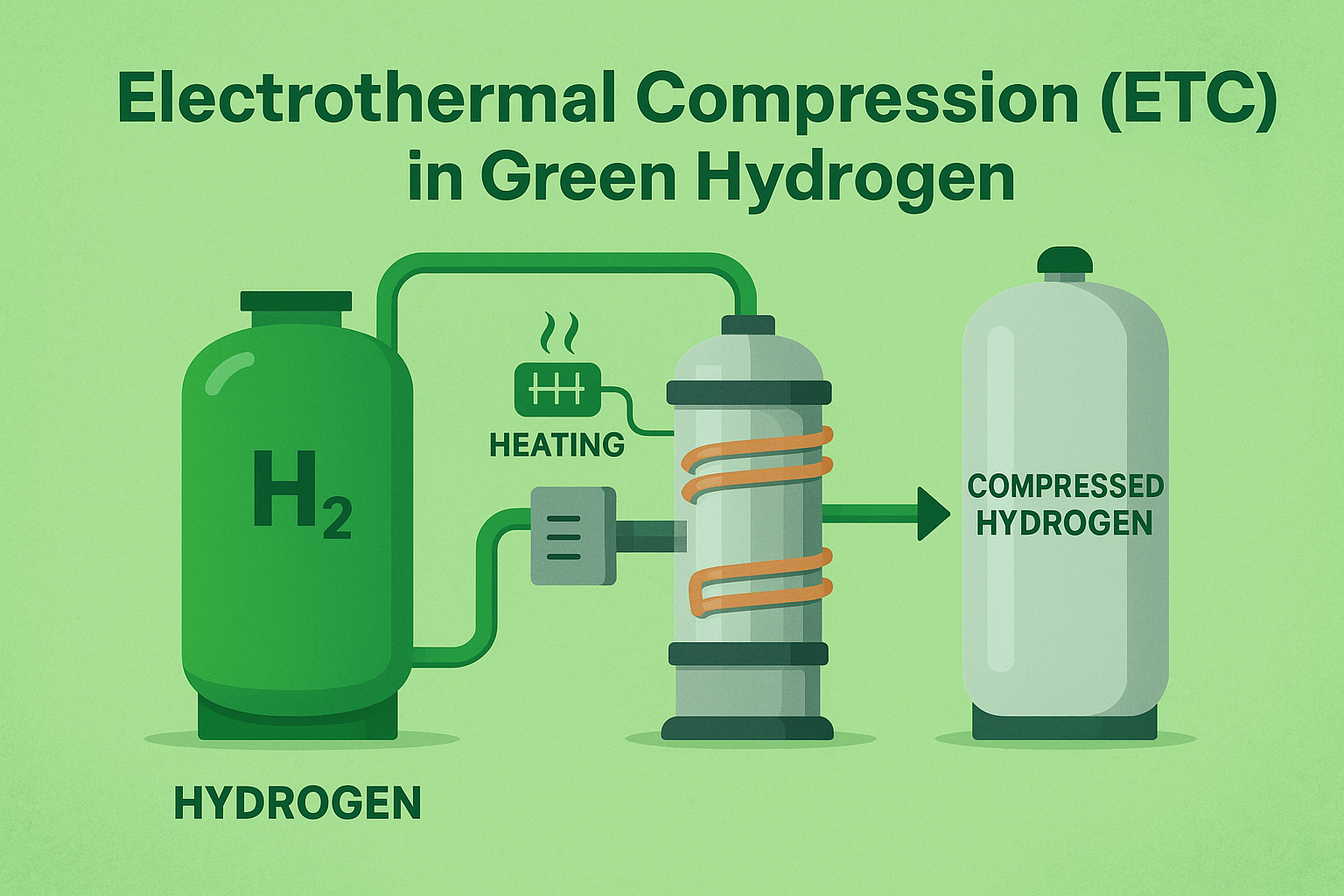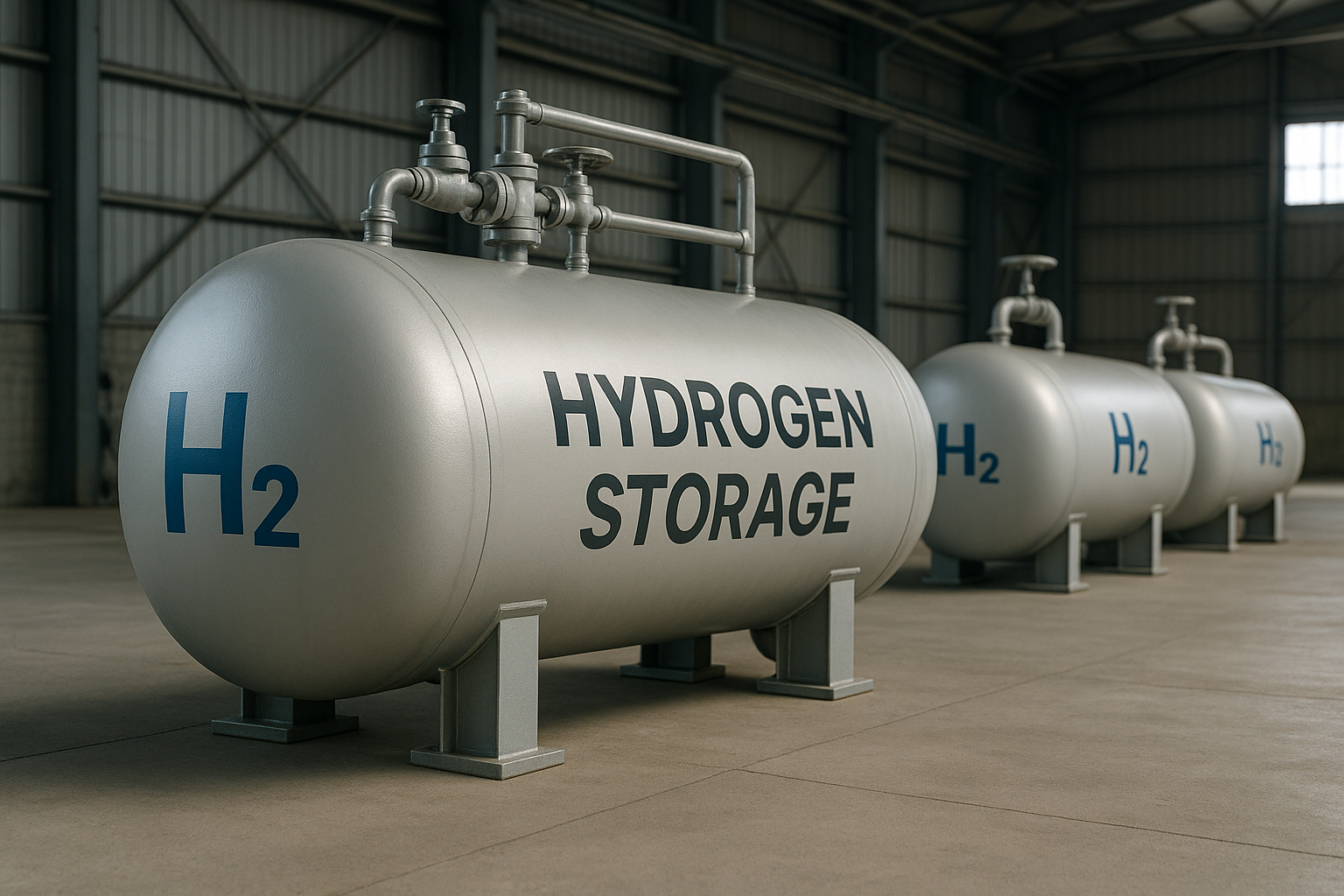BALANCE OF PLANT
Modular Green Ammonia Blocks
Our modular green ammonia block systems are designed for exceptional scalability, operational flexibility, and rapid project delivery. This modular approach allows for easy site adaptation, reduced environmental footprint, streamlined maintenance, and tailored solutions that meet the evolving needs of diverse industries.

GA-2,000 Block Parameters (2,000 TPA)
| UNIT | COOLING WATER (T/H) | ELECTRICITY CONSUMPTION (KWH/H) | FLOOR AREA (M²) |
|---|---|---|---|
| Hydrogen Preparation Unit | 80 | 2,500 | 78 |
| Nitrogen Preparation Unit | 10 | 60 | 60 |
| Compression Unit | 5 | 55 | 50 |
GA-20,000 Block Parameters (20,000 TPA)
| UNIT | COOLING WATER (T/H) | ELECTRICITY CONSUMPTION (KWH/H) | FLOOR AREA (M²) |
|---|---|---|---|
| Hydrogen Preparation Unit | 800 | 25,000 | 1,680 |
| Nitrogen Preparation Unit | 100 | 600 | 105 |
| Compression Unit | 50 | 550 | 140 |
Smart System Features
- Smart Screen: Instantly monitor operational status and detect equipment faults in real time.
- Remote HMI: Secure, centralized data collection covering safety, process, equipment, resource usage, and product metrics.
- Multi-camera Surveillance: Continuous, 360° monitoring of production blocks and environmental conditions for full operational oversight.
Our intelligent remote management platform boosts productivity and minimizes on-site workload, setting a new standard for efficient, data-driven ammonia block operations.
Electrothermal Compression (ETC) for Green Hydrogen
Electrothermal Compression (ETC) is a next-generation technology designed to deliver high-efficiency, cost-effective hydrogen compression. Our ETC systems enable the safe and scalable compression of green hydrogen—streamlining storage, transport, and end-use applications across the hydrogen value chain.

What is ETC?
ETC technology utilizes electrical energy to heat hydrogen gas, which is then compressed to high pressures—typically from 200 to 1000 bar—using a piston or similar mechanism. This innovative approach reduces energy demand and enhances system performance compared to conventional compression technologies.
Key Applications
- Hydrogen Refueling Stations: Efficiently compresses hydrogen for safe, rapid vehicle refueling.
- Industrial Operations: Supplies high-pressure hydrogen for chemical production, energy generation, and more.
- Energy Storage: Enables cost-effective storage of surplus renewable energy as compressed hydrogen gas.
Technical Specifications of ETC
| PARAMETER | VALUE |
|---|---|
| Compression Ratio | Up to 1000:1 |
| Input Pressure | 1–10 bar |
| Output Pressure | 200–1000 bar |
| Flow Rate | Up to 1000 Nm3/h |
| Power Consumption | Up to 100 kW |
Why Choose ETC for Green Hydrogen?
- Energy Efficient: Reduces operational costs by optimizing the compression process.
- Flexible Integration: Adapts easily to a range of hydrogen production and storage systems.
- Safe & Reliable: Designed for continuous, high-pressure operation with rigorous safety standards.
Hydrogen Storage Solutions
Hydrogen storage plays a pivotal role in enabling a clean energy future. Our advanced storage systems offer safe, reliable, and efficient solutions for a wide range of applications—from power generation and industrial operations to mobility and transportation.

Versatile Storage Technologies
- Compressed Hydrogen: Securely stores hydrogen gas in high-pressure vessels, up to 700 bar, ideal for distributed energy systems and mobility.
- Liquid Hydrogen: Utilizes cryogenic tanks to store hydrogen at ultra-low temperatures (around –253°C), maximizing energy density for large-scale applications.
- Material-Based Storage: Employs advanced materials—such as metal hydrides—to absorb and release hydrogen as needed, offering compact and reversible storage options.
- Underground Storage: Leverages geological formations, including caverns and depleted gas reservoirs, for safe and scalable bulk hydrogen storage.
Key Benefits
- Greater Energy Security: Store renewable hydrogen to enhance grid resilience and reduce dependence on fossil fuels.
- Efficiency & Optimization: Balance energy supply and demand, minimize curtailment, and improve overall system efficiency.
- Climate Impact: Enable deep decarbonization by storing green hydrogen for use when and where it’s needed most.
- Operational Flexibility: Provide a reliable buffer for intermittent renewable generation and dynamic market conditions.